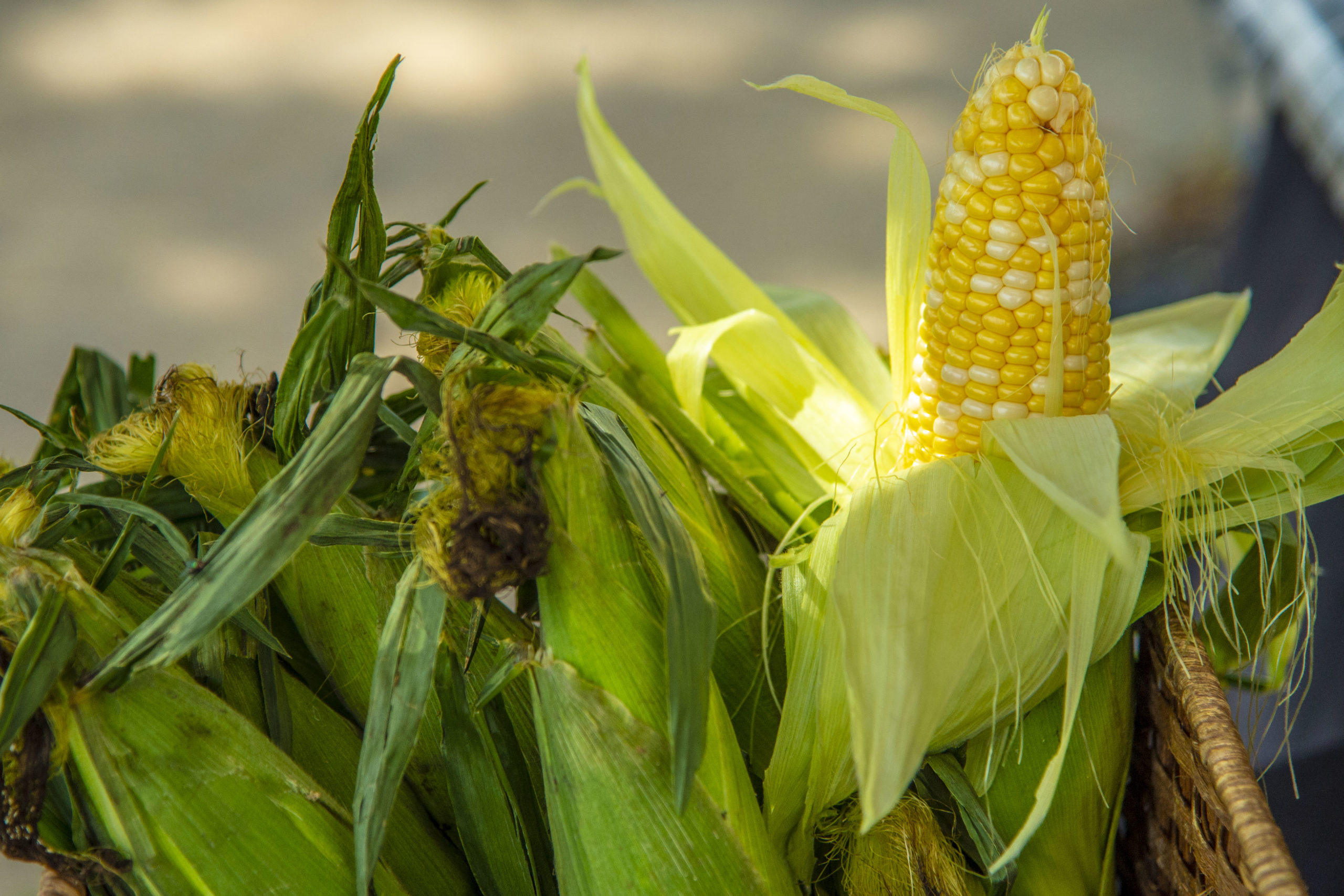
Jun 4, 2020
Nitrogen management key for organic sweet corn
Building up the nitrogen supplying capacity of the soil is key to growing organic sweet corn. With no high analysis, nitrogen fertilizers approved for sidedressing on an organic crop, rotations with legumes and cover crops, and manure or compost applications, must meet most of the crop’s nitrogen needs.
“Any and all of these practices in combination are good,” said Joseph Heckman, Extension specialist in soil fertility at Rutgers University. The best choices of practices will depend on a grower’s situation.

“Organic production works well with a livestock system,” Heckman said. “I typically find the most productive soils on dairy farms and some dairy farmers grow organic sweet corn. Livestock integrated into your farm makes a huge difference.”
Heckman recently spoke on organic sweet corn production at the New Jersey Agricultural Convention and Trade Show in Atlantic City.
A good rotation is a must. “You have to rotate,” Heckman said. “You can’t grow sweet corn after sweet corn. Rotate away for a few years and grow legumes and a few beans. Build up the nitrogen capacity of the soil.”
“Sometimes just growing a cover crop – hairy vetch or some other legume – doesn’t get you enough nitrogen for organic sweet corn,” Heckman said. “A really good rotation – and manure if you can get it – is what really builds up a good soil organic matter.”
A pre-sidedress, soil nitrate test can determine if enough soil nitrogen is available for the crop. A test result of 25 parts per million (ppm) meters means there’s no need for sidedress nitrogen.
If there isn’t enough available nitrogen, there are some supplemental nitrogen fertilizer options.
Pelleted poultry manure has about 4% nitrogen. Chilean (sodium) nitrate contains 15% nitrogen but is prohibited for use in organic crop production unless it’s use is restricted to no more than 20% of the crop’s total nitrogen requirement.
There aren’t any high analysis, nitrogen fertilizers approved for organic production.
Meeting the crop’s nitrogen needs becomes even more challenging if growers are targeting the early market. “If you’re trying to get really early sweet corn, your soil might be a little colder and the release of nitrogen from soil organic matter depends on temperature,” Heckman said. “You need warmth for the microbial action to release nitrogen.”
Nitrogen deficiency is generally easy to recognize because of yellowing plants and poor yield. Too much nitrogen isn’t as easy to identify. “You can tell under-fertilization of nitrogen by visual symptoms,” Heckman said. “One thing you can’t tell is if you’re overapplying nitrogen. It’s probably not going to happen because nitrogen is a limiting nutrient, but it’s not something you can tell by looking at the plants.”
A stalk test at harvest is a good measure of any excess nitrogen and can help plan for next year. “It’s kind of like a report card test,” Heckman said. “It gives you a chance to ask, ‘How am I doing?’”
As always, weather issues – too much rain or temperatures that are too cold – will always complicate a nitrogen program. “In a cooler, wet spring, you’re losing nitrogen a couple of ways – leaching and denitrification – and you’re slowing the nitrogen release in the soil,” Heckman said.
Soil testing will determine if the sweet corn has its optimum soil pH of 6.5.
Liming in organic production is much the same as in conventional agriculture except that “burnt lime” and “quicklime” are prohibited as soil amendments. Both calcite and dolomite types of limestone are allowed, widely available and commonly used in organic crop production.
Sweet corn also needs a balance of all other essential plant nutrients.
“There’s a lot of good potassium sources that are readily available for organic growers,” Heckman said. Potassium sulfate is a good choice on sandy soils because sulphur can leach out of the root zone.
“Sulphur is important,” Heckman said. “It may even enhance sweet corn flavor. That’s something about vegetables. It’s not just yield; it’s also about quality.
“Manure and compost are generally good sources of phosphorus,” Heckman said. “If you’re applying manure or compost, you’re probably OK with phosphorus.”

specialty crop growers, many of whom are organic. Photo: Stephen Kloosterman
Manure or compost will also generally ensure adequate sulfur fertility but a soil test is the only way to know for sure.
If growers do need a higher phosphorus fertility level, they may use rock phosphate. Legumes grown in a rotation can help make the phosphorus from rock phosphate available. “That’s part of the organic system if you have to use rock phosphate,” Heckman said.
Soil tests must also test for micronutrients. Boron is important for pollination and good kernel fill. “Make sure you test for boron. Boron is very important to get ear fill to the tip,” Heckman said. One to two pounds of boron per acre is recommended if needed based on soil test.
Manganese deficiency sometimes occurs on New Jersey’s coastal plain soils. The treatment is foliar applications of manganese sulfate at one pound of manganese per acre.
Finding micronutrient fertilizer sources is generally not a big challenge. “As long as you can document a need, you can pretty much use the same micronutrient sources that you can on conventional corn,” Heckman said. “Check with your organic certifier if you have any questions about the fertilizer sources you’re using.”
Top photo: USDA/Preston Keres









